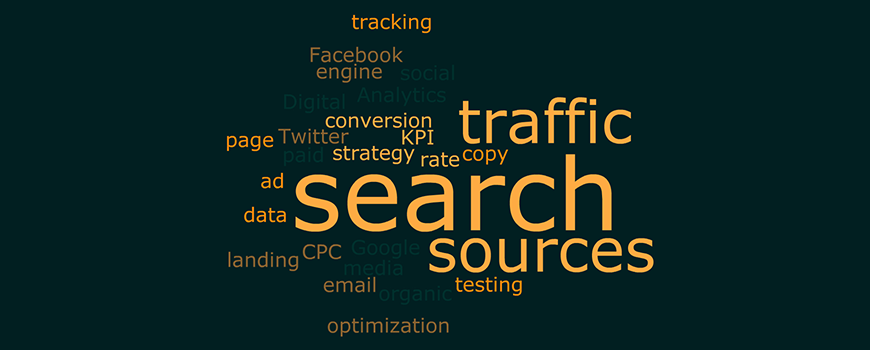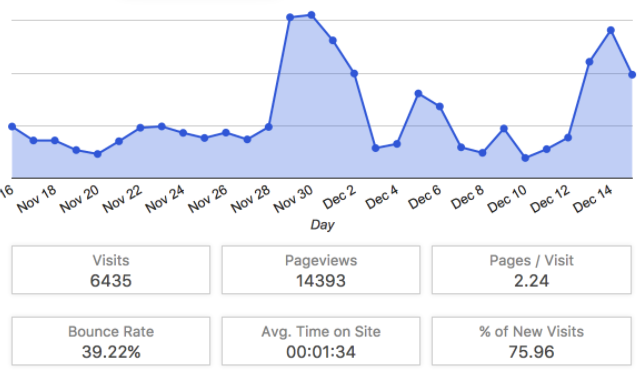Business owners across all verticals are always looking for the best social media platforms to…

Web Analytics: KPIs – Evaluating Traffic Sources
Defining KPI
Key performance indicator (KPI) is a popular term that describes consistent measurements a company can use in order to set goals and identify growth potential in marketing, sales or any other type of business performance. There is no concrete list of KPIs because they are dependent on what a specific company wishes to measure and improve upon. Using the acronym SMART, developed by author and consultant Robert Bogue, can provide parameters for determining a strong KPI:
- Specific
- Measurable
- Achievable
- Relevant
- Time-based
Traffic Sources Can be a Strong KPI
Online traffic sources suit the SMART criteria in measuring a website’s health and potential for growth. The specific components of traffic sources are direct traffic, referral traffic, organic traffic and campaign traffic, all of which can be further subdivided into more specific categories. Determining how to measure these sources will be outlined in the next paragraph, however traffic sources can be broken down in a time-based manner by month, day, week and even compared to previous periods through Google Analytics. Finally traffic sources certainly provide a relevant source of information for any company because all online traffic has the potential to convert into actual sales.
Traffic sources can be measured as a KPI in two distinct ways: performance in terms of conversion rate and increasing traffic in one source. The traffic in the bar graph below is divided into total traffic on the left and converting traffic on the right. While the sources are further subdivided from the four general categories listed above, valuable comparisons can still be made.
Organic search, defined as the results on search engines not including paid ads, is shown to receive the most traffic and converting traffic in absolute terms. Email campaigns, a subsection of campaign traffic, receives less total traffic but has a higher conversion rate as a percentage of the total. Conversion rate is a useful means of gauging the success of traffic sources and indicating where further resources can be spent improving sales conversion.
Example of Traffic Sources as a KPI
An example of measuring traffic sources as a KPI, would be improving one channel while maintaining the effectiveness of the other channels. Consider, for example, that your company’s paid search has been performing at a consistent rate, but your goal is to receive 5% more traffic and 0.5% more conversions. Using previous data, you can set a benchmark of current performance and then tailor your paid search efforts each month while not negatively impacting your other traffic sources. Concrete manners of improving paid search include optimizing the landing page, optimizing ad copy and keyword performance and refining cost-per-click (CPC).
Importance of KPI
The goal of a KPI is two pronged: measuring performance and then using those measurements as a basis for achieving strategic objectives. Before delving into increasing your traffic, it is important to analyze your historical data to determine how much traffic you need, and from which sources, in order to make your return on investment positive. Utilize traffic sources as a KPI by creating specific, achievable goals based on quantitative analysis will benefit your company in the long-term.




